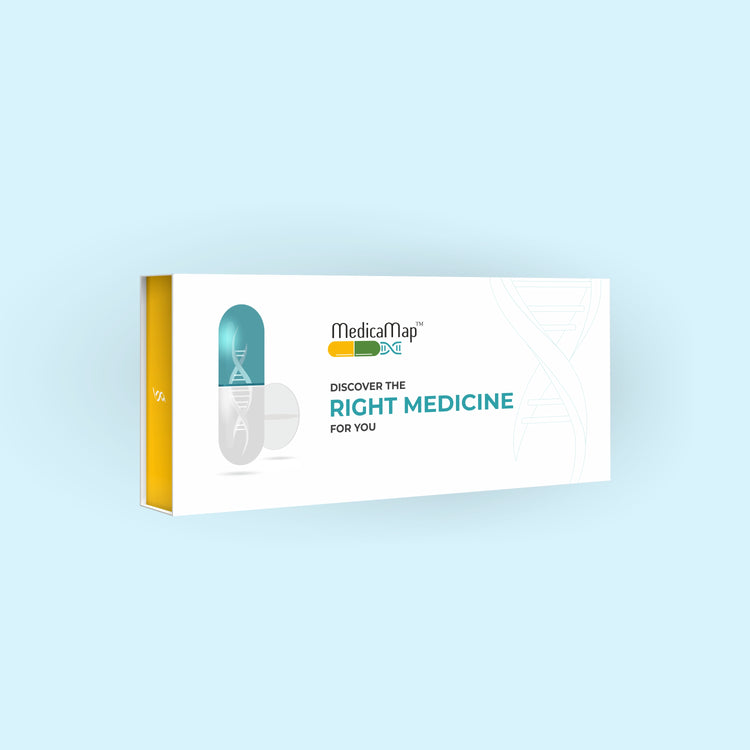5 Fluorouracil
5-Fluorouracil (5-FU) stands as a cornerstone in cancer therapy, offering hope to millions battling various forms of this disease. This chemotherapy medication has revolutionized cancer treatment, offering effective options across diverse cancer types. Let‘s delve into the multifaceted world of 5-FU, exploring its impact, recognition of problems, avenues for improvement, and intriguing facts.
Impact of Gene Variant
Genetic variants play a crucial role in determining individual responses to 5-FU treatment. Certain gene variations can influence drug metabolism, efficacy, and toxicity. For instance, variations in the DPYD gene have been linked to increased susceptibility to 5-FU toxicity. Understanding these genetic nuances allows healthcare providers to tailor treatment strategies, ensuring optimal outcomes while minimizing adverse effects.
Ways to Recognize Problems
Recognizing potential problems associated with 5-FU treatment is paramount for patient safety and well-being. Common signs of adverse reactions include:
- Gastrointestinal Distress: Patients may experience nausea, vomiting, diarrhea, or mucositis.
- Hematological Abnormalities: Blood tests may reveal decreased levels of white blood cells, increasing the risk of infections, or reduced platelets, leading to bleeding tendencies.
